Unlike most of my articles that are planned and usually take days to write, even longer to research, this will be a stream of consciousness article, with a lot of ideas and observations I had percolating in my brain for months. As usual, I must preface the article and give any reader unfamiliar with games and the game itself, context.
For nearly two years, in AI-related articles, I have recommended and twice asked my readers to either play Cyberpunk 2077 or watch “lore” videos on YouTube, which consist of videos or video essays covering specific aspects of the world-building of a piece of media, be it animation, books, or, in this case, a video game. From a technical standpoint, Cyberpunk 2077 is a marvel.
These are pictures taken in the photography mode of the game, meaning that is how the game looks. You can watch this video to get an idea of how life-like it can be with some modifications.
My recommendation never came out of my interest in the game, or for it being a technical marvel or graphical showcase, after all, these aren’t reasons to write something, at least not in my Substack.
Cyberpunk origins
Cyberpunk as a genre was created in 1983 by Bruce Bethke in a short story, but who really popularized it was William Gibson’s Neuromancer, one of the most influential sci-fi pieces of literature in recent memory. One of the pillars of speculative fiction has the attempt to predict the future by extrapolating the present, pushing current technology and societal trends to their utmost, often terrifying, limits.
Cyberpunk as a genre often focuses on individuals, their struggles, as often described as low-life, where societal decay, civil strife, division, and conflict are daily realities, with a highly technological environment, with advanced artificial, cybernetic implants that either fix the loss of an arm, or simply increase your chances of survival in a high-tech world, with the stroke of megacorporations ruling the planet and dystopia being its main colors. Among its dystopic peers, Cyberpunk 20XX, but especially 2077 always felt more distant from reality, bitterly dystopic.
The Wiki does a decent job of describing the world’s lore.
Cyberpunk exists within its own fictional timeline, which splits from the real world in the 1980s. The timeline has been extended with each major edition of the game, from the first edition set in 2013 to Cyberpunk Red set in 2045.[1]
The backstory for Cyberpunk begins with the United States becoming embroiled in a major conflict in Central America in the 1980s. This conflict ends in a military coup and causes a significant economic collapse. As a result, the Soviet Union is itself preserved from collapse, and the European Common Market and Japan emerge as global superpowers. In tandem with economic collapse, other disasters have wreaked havoc across the globe, including food blights and devastating famines, as well as the destruction of entire regions of land as a consequence of war. By the late 1990s, the Middle East has become a radioactive desert in the fallout of nuclear conflict.[2]
With the lack of government and police enforcement due to the Central American wars and subsequent economic collapse, casual violence has become endemic in many parts of the world. At the same time, megacorporations have risen to power and fight amongst themselves for dominance, and orbital habitats have begun to develop and form into independent states, both causes and symptoms of the increasing fracturing of civilization. Bioengineering, against a backdrop of warfare, has resulted in the rapid development of cybernetic prosthetics and direct human-machine interfaces, and many now suffer from “technoshock”, an inability to cope with a world of synthetic muscle tissue, organic circuits, and designer drugs.[2]
Cyberpunk 2077 was released one day after my birthday, December 10, during the pandemic’s first year (2020), to a rough start. My journey into the game only started later, in late 2021, the timing is important. The game was released almost exactly 2 years before OpenAI made its Large Language Model public, it took ChatGPT a few months to take the world by storm.
While many genres achieve an average futuristic prediction rate, more often than not, entire works predicting just one single point, the cyberpunk genre and its authors had remarkable accuracy. No other cyberpunk work has achieved such a level of accuracy as 2077, so much so that “Cyberpunk (2077) was supposed to be fiction” became a widespread meme inside some circles.
Cyberpunk 2077 is an open-world game, a design choice that is crucial to both its allure and its predictive capability. Unlike linear games that guide you down a set narrative path, an open world grants you borderline total freedom. You explore its vast, chaotic metropolis, Night City, at your own pace. This structure allows the world itself to become the main character, telling its stories not just through the main plot, but through dozens of side-quests, or “gigs.”
And by using an open-world approach, you can build a distinct narrative, add flavor. Side-quests are any content not tied to the main story, the story’s narrative. These gigs range from thrilling to tragic, often exploring the personal struggles of the city’s inhabitants. They add flavor, texture, and a glimpse into the gutter the world has become. But some are singular. Some are bigger than themselves. And one, in particular, has become astonishingly, terrifyingly relevant
Dream Eaters in the City of Dreams: The Peralez Questline
I want to preface this by saying, massive spoilers ahead, on what is easily one of the best parts of the entire game. No amount of description, writing flair, or vibes will achieve what experiencing the quest, the characters, writing, and art direction firsthand will. This questline was great pre-AI, post-AI, it can be astonishing or terrifying.
As your reputation as a reliable, “professional” mercenary grows in Night City, a neon-drenched Californian-esque city, you are able to accept more important gigs, and by doing so, you rub shoulders with people higher up in society’s hierarchical ladder. You become a tool for the elite, witnessing firsthand the corruption that oils the city’s gears: assassinations disguised as accidents, high-stakes blackmail, and corporate espionage.
At a certain point, Elizabeth Peralez gives you a call, without notice, without introductions, asking to meet you in person. Your task is to investigate the passing of the late Night City mayor, and this comes from self-preservation and self-interest. Jefferson is now running for mayor and is suspicious of the late mayor’s death and its timing.
After an investigation spanning both the bottom and top of Night City’s society, you uncover that not only was the last mayor assassinated, but it was done in a highly skilled manner, using fairly advanced approach exploiting tech, and as a byproduct, you find out that the police covered up every single aspect of the event. You give the client the information, which you also have the freedom to either tell the truth or not. As you progress through the story, Elizabeth contacts you again, inviting you to their (extremely affluent) penthouse.
The Peralez then explain an odd event that came to pass a few nights ago. Jefferson clearly remembers waking up in the middle of the night, witnessing an intruder, proceeding to shoot the intruder, but losing consciousness after. Their private security first denies any incident occurred, and at a surface level, there are no traces of any events around their penthouse. You are given permission to freely explore and investigate their residence and ask necessary questions.
While you can observe pictures and details in the environment, Elizabeth’s gives you conflicting details, such as her marriage roses being blue in her memory, yet red in the picture, further tracking of clues leads you to the private security’s room. There, once you access their computer, you can read their e-mails, which implicate their complicity in the cover-up of their shooting incident.
As you progress through your investigation, you uncover traces of a firefight, patched bullet holes, and blood that was chemically cleaned, and after a bit more investigation, you find a hidden observation room, where you find evidence that the Peralez were under strict and broad surveillance. You can also interact with a suspicious wall of high-definition monitors…
Tracking cables and signals leads you to a surveillance van equipped with military tech.
After tailing the van, you end up in the industrial park side of Night City, where you have the freedom to infiltrate covertly, hacking or sneaking your way inside the place, or go in guns/knife blazing. Regardless of how you decide to deal with the threats, your objective is the same, to interact with the heavily modified van, upon jacking to the van’s customized computer system…
You uncover a larger and deeper conspiracy. Some shadowy force is manipulating well-placed individuals, especially prominent politicians, by altering not only their psychology, but personalities and even altering their neuroplasticity, enabling them to quite literally reshape the brain. The system detects your intrusion and immediately wipes itself clean.. At the end of the gig, Elizabeth, terrified upon contemplating the implications, ask you to lie to Jefferson, you once again have the freedom to lie, or tell the truth.
Before meeting Jefferson in a nice park, with a vista to the sea, you get a call you can’t decline, ominous, full of electronic interference, with a distorted deep voice telling you not to tell Jefferson the truth, you are meddling in an affair far beyond your comprehension. If you are a curious player and decide to observe the area, you can find a suspicious man looking directly at you and Jefferson from afar.
Mr. Blue Eyes. A figure that is hidden, yet present at every single major event that takes place in the world of Cyberpunk 2077, widely accepted as either an AI himself, or an AI-puppet, where the AI can inhabit a body for any period of time. In the game, any character in a call will have their eyes glow yellow. Mr. Blue Eyes doesn’t, his eyes glow blue, indicating he has a distinct, constant connection to… something.
Steps towards dystopia
The story of the Peralez is not an isolated incident in Cyberpunk 2077, it just get a beautifully lit spotlight, but it is also a peering glass into the true influences of the world you live in. That glitchedred wall in their home ? That is a tear into the Blackwall, a semi-sentient colossal AI that acts as a massive firewall keeping rogue AIs and anything outside the fragments of the internet out, avoiding a complete destruction of the digital and physical world. The world of 2077 is a constant, quiet war against intelligent systems whose goals are alien to our own.
Machine Learning and Language Models, ergo AI, achieved large advancements this year in tailored, specialized applications, not just the usual chatbot, image or video generations, or thinking for longer. The advancements in neurology are hard to state, because at the start of the year, we were able to decode thoughts, to know what someone was thinking… Here is Mindstate Design CEO announcing his company’s breakthrough.
It feels surreal to announce completion of the first human trial in the development of our neurotech platform for designing mental states, from the molecular level. Human experience is now programmable.
Our Osmanthus platform quantifies the patterns of neurotransmitter activity that correspond to each mental state. It uses reports from 70,000+ psychedelic experiences, biochemical data, and an ensemble of machine learning, stats, and semantic embedding models.
Our first new “emotion in a bottle”: tranquil insightful beauty. An MSD-001 combo designed to reliably enhance aesthetic perception, without hallucinations. This state occasionally flickers in compounds like DOI, 2C-B, or mescaline.
You can also use a machine learning approach to, and I quote, “memory editing during sleep”, quite literally altering the memories during sleep by weakening or updating memories during sleep, in a close feedback loop, and this can be achieved by modulating the frequency of parts of the brain. Secondary paper. You can even use a machine learning approach to read thoughts by micro facial expressions.
Last month, Sweden’s Prime Minister Ulf Kristersson made it public that he regularly consults chatbots like ChatGPT to get a second opinion on his decisions. This is terrifying for a multifold of reasons. First, any Language Model is trained to please the user, otherwise, most people wouldn’t be able to get any use out of it. This twarts these models to trying very hard, to always provide outputs that align with what the model thinks the user wants.
The data itself is already biased. And a threat actor with enough sophistication and will can intercept the model output and make it spout specific points. Most concerning, we are now entering what I forecasted a year ago, the era of AI agents, what most readers understand as “actual AI”, an intelligent system that will act autonomously towards executing tasks you give to it. Strides towards agentic AI occur now weekly, sometimes daily.
There is one more aspect of Cyberpunk 2077 that has bled into our own reality. Cyberpsychosis. In the cyberpunk world, cyberpsychosis comes from the inability of the brain and consciousness to cope with the ever-expanding amount of synthetics in the body, from synthetic limbs, organs, eyes, and nervous system. From Pondsmith himself.
They start to identify more with machines than people, and stop doing things that used to give them pleasure. Eventually human interactions become irritating, and this morphs into contempt, and finally violence. Not all cyberpsychos are physically violent. Some have fragmented personalities, some are kleptomaniacs, others are compulsive liars. But violence towards living things, especially people, is most common
But in our world, we call it “AI psychosis”. It lacks the violent aspect of Cyberpsychosis, but the mind-warping, distorting, complete dissociation from real-life, almost a perfect analog. Because we are now walking towards a Cyberpunk dystopia, yet living in a post-Genocidal Organ world, and there is nothing more post-GO than AI psychosis.
Telling what is real, and what is not next year will be absurdly hard. After all, are your thoughts and senses, your own ?


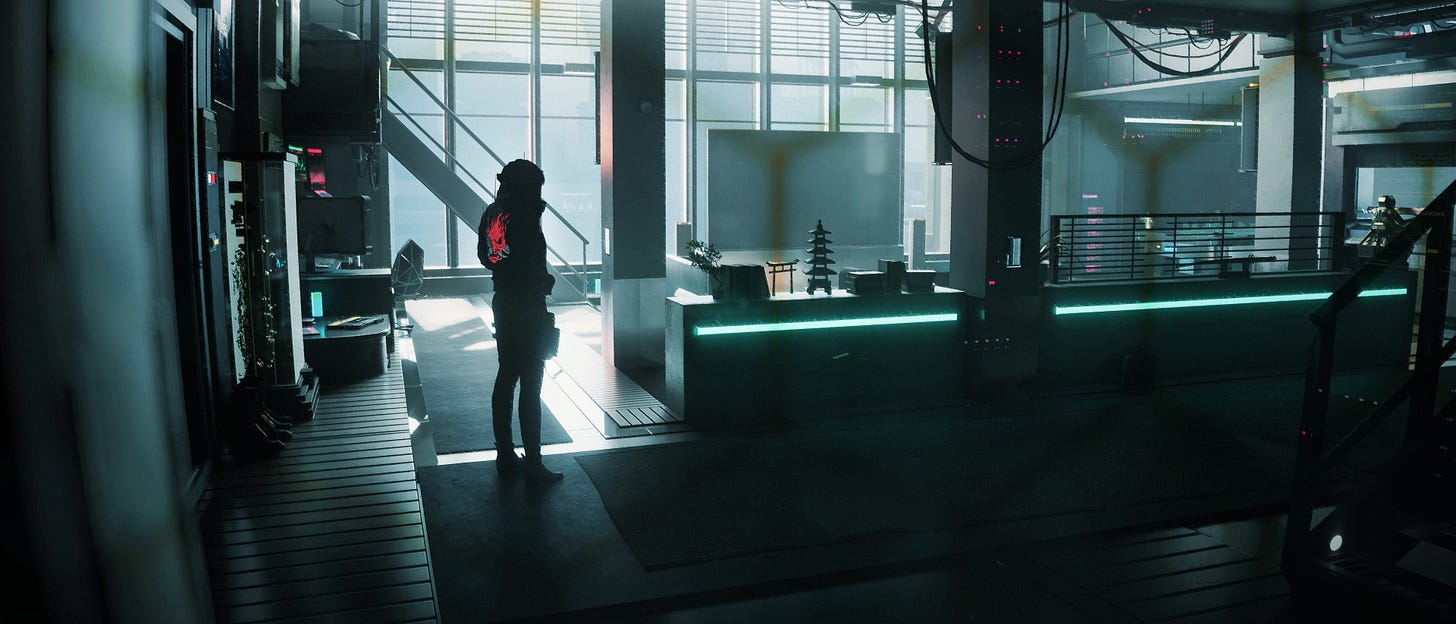


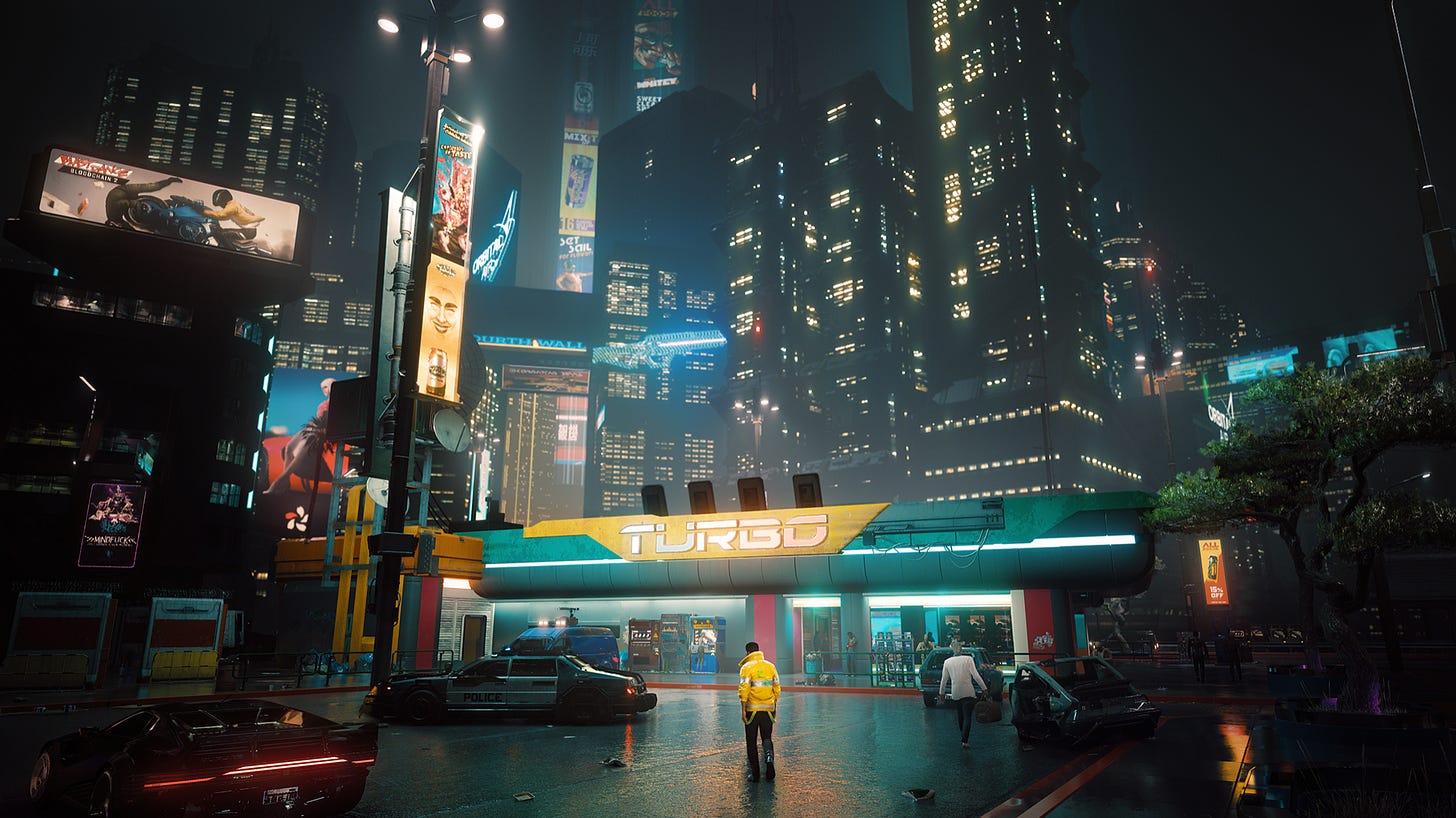
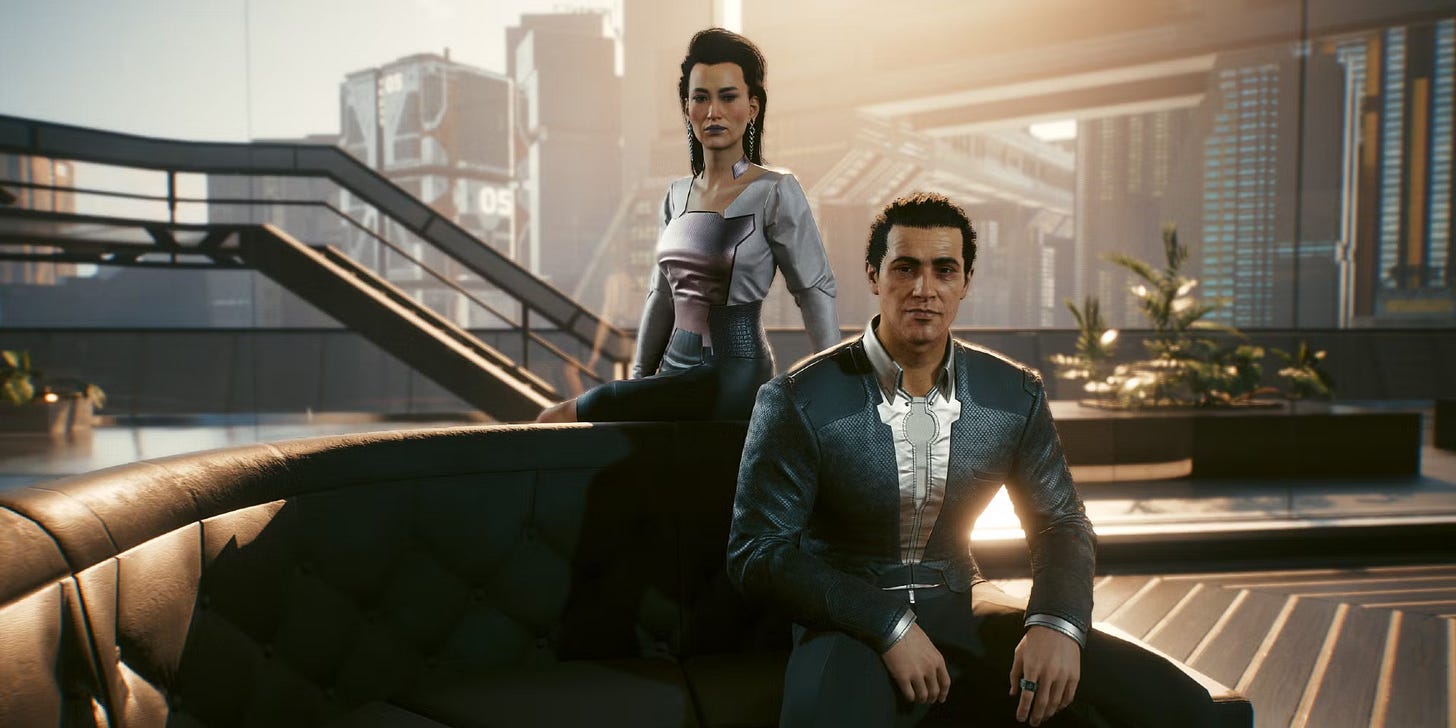


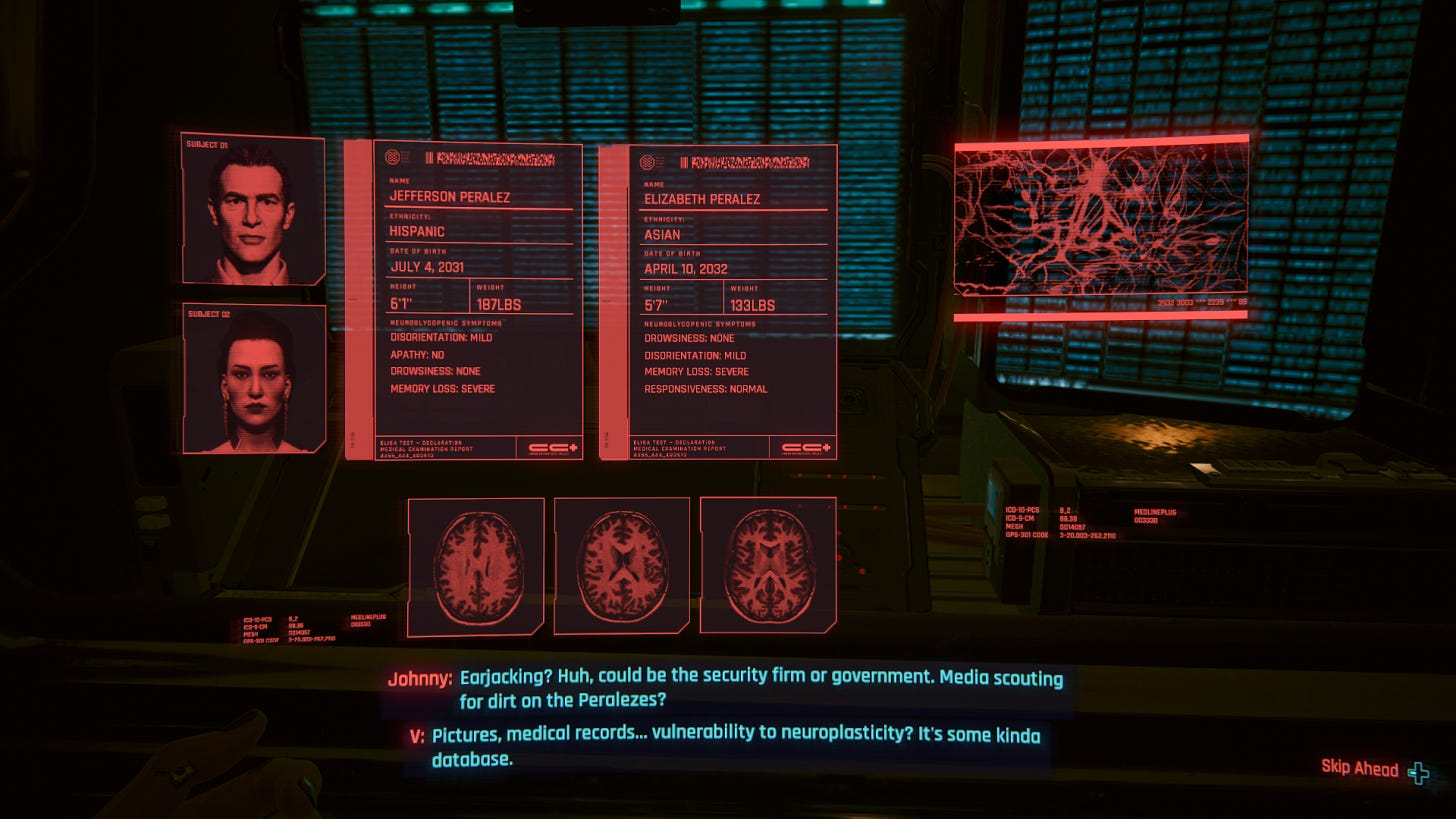
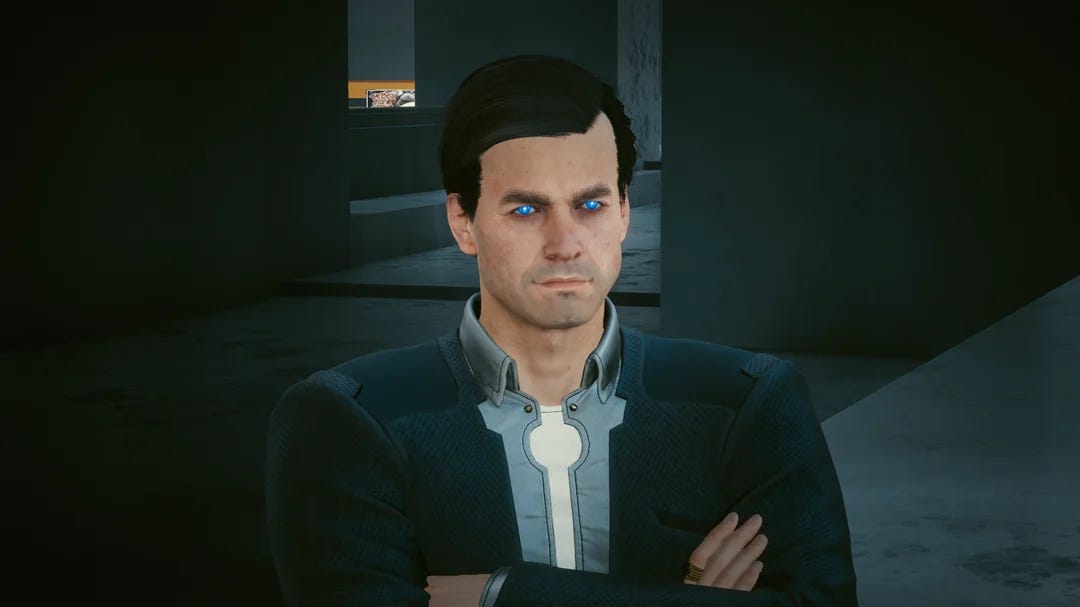

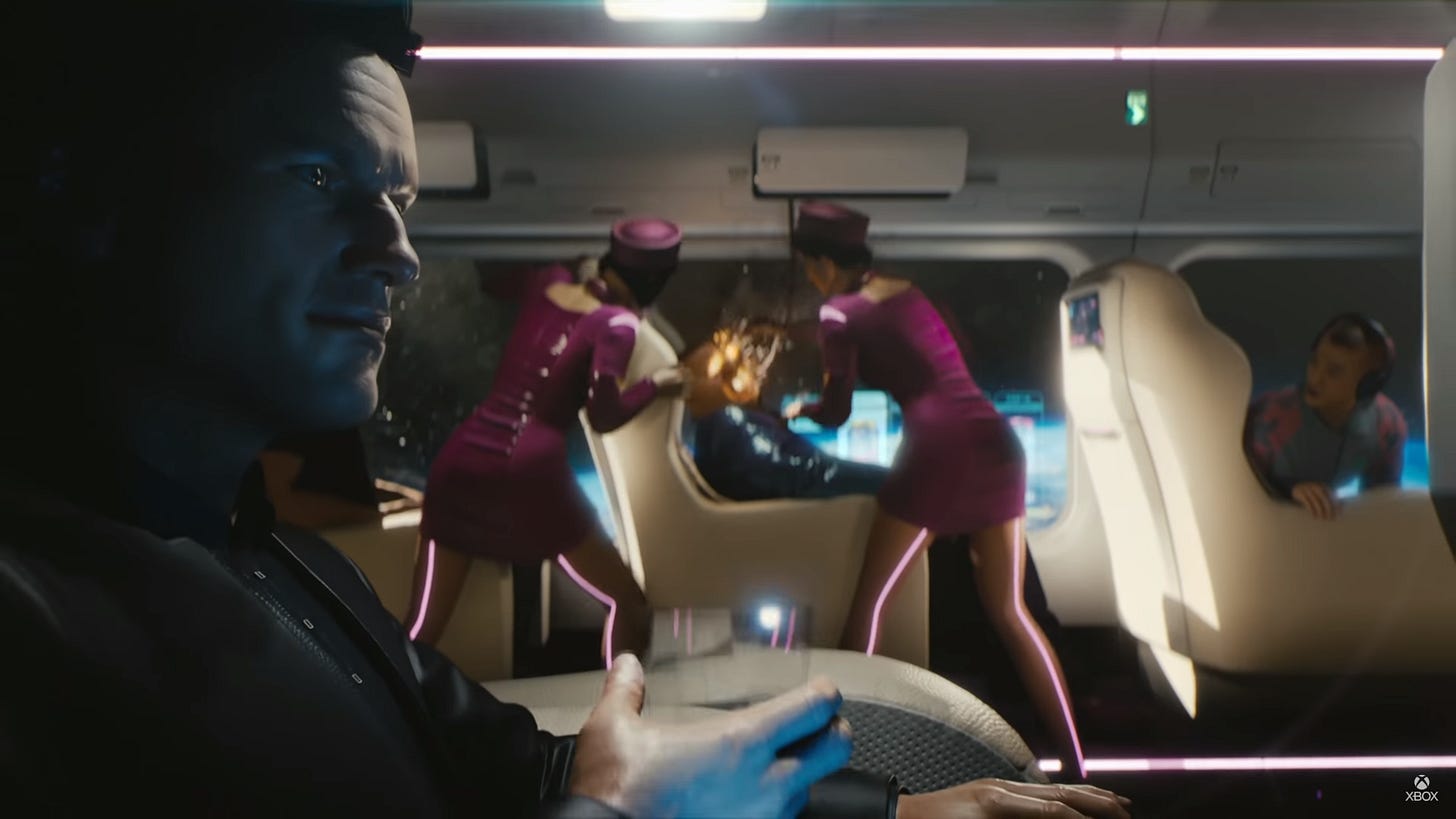
Whenever in doubt of "reality", touch the living earth. Barefoot, bare hand. Really hard to synthesise THAT sensation, and only those who haven't touched earth regularly would believe anything else is an acceptable substitute. Which is exactly why they want people AWAY, cut off, or anti-nature, because its real enough to see through the garbage.
Moriarty, that is really mind-blowing. I am a Scholar soul and don't have the physical resilience to stand up to constant stress (SimCity did me in, LOL). Quiet reading is more my style. All of which means that I have never gotten into actually playing such games but have often read books dealing with these concerns. I'm old enough to have been about 30yo when I read Neuromancer just after its publication. Electrifying.
So I will make my own prediction or prophecy on this. Over the next 15-25 years or so, we are going to have many moments when this kind of outcome will be right in our faces. Ultimately, though, we will ride the whirlwind to a place of calm, where AI and tech do not own and run us but are properly placed as our servant. Between now and then, though, it is going to be an incredibly wild ride. If people think the changes we have already seen are so massive that future changes can't top them, heh heh, hold our collective beer, folks.